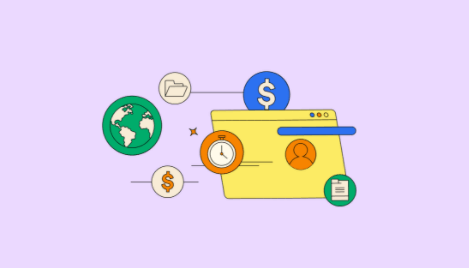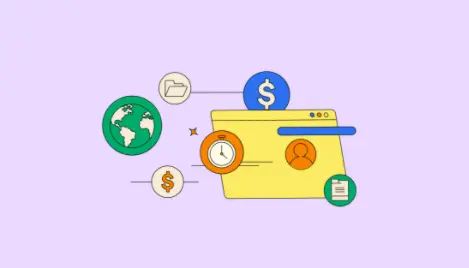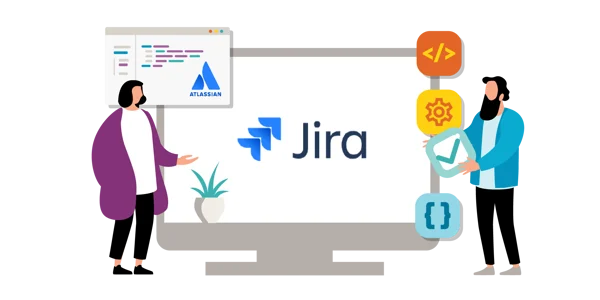How Payroll APIs Can Revolutionize Your HR Processes


Employees and lenders benefit from payroll API solutions that allow them to verify income and employment online. This will enable loans to be processed faster and more accurately than traditional verification.
With seamless data integration, HR teams can focus on strategic work that grows their business. With real-time data synchronization, changes in one system automatically update in the other, eliminating redundant data entry.
Automated Time Tracking
Automated time tracking allows employees to be paid for their work hours rather than a predetermined set of hours. This reduces payroll expenses while improving transparency and increasing employee satisfaction.
Most importantly, automated time tracking allows you to recover hidden billable time. It also helps you prioritize tasks and meet deadlines. For example, if an employee spends a few hours writing emails or researching for a project, this is time that could be billed to clients. Automated time tracking also eliminates human error by providing accurate and reliable data.
When choosing an API partner, look for a provider that offers a complete solution. Ensure they can support the entire lifecycle, from implementation to post-launch marketing and engineering support. Ask them to create prototypes or demonstrate a sample use case addressing your needs. Then, evaluate the speed of performance and their ability to handle your business’s unique requirements.
Finally, consider how easily they connect to your current systems and data. You should be able to get the information you need promptly and efficiently. For example, relating to a consumer’s financial accounts to verify income and employment can streamline the process for insurance and lending companies and make it easier for consumers to receive lines of credit or loans.
Real-Time Payroll
Many HR processes involve a complex juggle of data management, manual input, and payroll approval workflows. Despite the significant financial and reputational repercussions of getting these systems wrong, the need for high ROI can sometimes blind organizations to the potential of automation and modern cloud software.
A global payroll API solution enables you to integrate your HR and Payroll processes in a single platform, eliminating the need for multiple systems and logins. This gives your team greater efficiency, so they can spend less time preparing and reformatting information into the formats required by the providers you use.
This also means that your people can access their information, documents, and payslips online without waiting for you to send them to them. This increases transparency and builds trust between your teams, which can help drive better results for everyone involved.
In the future, we expect to see more white-collar industries leveraging instant payment access for their staff to alleviate workers’ financial struggles and boost retention rates. To do so successfully, however, this type of technology must be easy for people of all income brackets to understand and utilize. This will require a combination of streamlined, automated processes and the right technology to ensure that people can access these payments most conveniently.
Payroll Reporting
The payroll process in the HR departments of large companies runs like a well-oiled machine. But for smaller businesses, calculating and issuing employee paychecks is often complicated, requiring manual reporting and data entry.
A custom payroll API integration streamlines these processes and allows HR teams to focus on creating comprehensive retention strategies instead of addressing payroll-related issues. This frees up the time and resources previously occupied by administrative tasks, allowing HR professionals to build a culture of employee satisfaction and growth.
In addition to streamlining workflows, an all-in-one payroll and HR suite reduces the need for multiple systems and platforms. This helps to eliminate the need for double-data entry, which is a significant time-waster. Data integration also means that changes made in one system automatically update across all other systems, eliminating errors caused by manual input.
Another advantage of an integrated payroll system is that third-party APIs can directly access salary & employment data to offer personalized financial services or benefits. This “payroll-attached lending” significantly de-risks loans (by decreasing fraud, improving credit quality, and reducing charge-offs) and enhances background checks’ speed and coverage rate. As a result, it is an essential feature for fintechs that want to win in the marketplace by providing consumers with a safe and affordable alternative to more established lenders.
Also Read: Unveiling the Power of Web Scraping: How It Revolutionizes Data Collection
Payroll Analytics
Payroll is a complex process that requires specialized expertise to navigate. However, a payroll system with integrated data and analytics elevates your HR capabilities to provide more value to customers.
The right analytics reveals valuable information that can help reduce compliance risk and enable your HR teams to make more informed decisions about your workforce. For example, if errors in a specific location tend to spike at certain times of the year, it might indicate a problem with data collection further up the process chain. Or it could signal that holiday schedules need to be revised, or workflows need to be modified to manage seasonal staffing demands better.
In addition, a holistic view of payroll deposit data monitored in real-time empowers your HR team to discover trends that may impact business strategy. For instance, a company that consistently receives payments from a single bank account may need to review its banking arrangement with that provider. This can help avoid unnecessary costs and potentially minimize fraud risk.
An additional benefit is that payroll APIs can significantly shorten the time it takes for enterprise fintech applications to access customer data by leveraging direct connections to the underlying employee database. This enables these applications to quickly and efficiently sanction loans for their consumers. In comparison, traditional bank APIs require a lengthy process to connect with banks and transform customer data into provider-friendly formats.
Read also: https://husbandinfo.com/features-of-attendance-software-that-matter-the-most/





